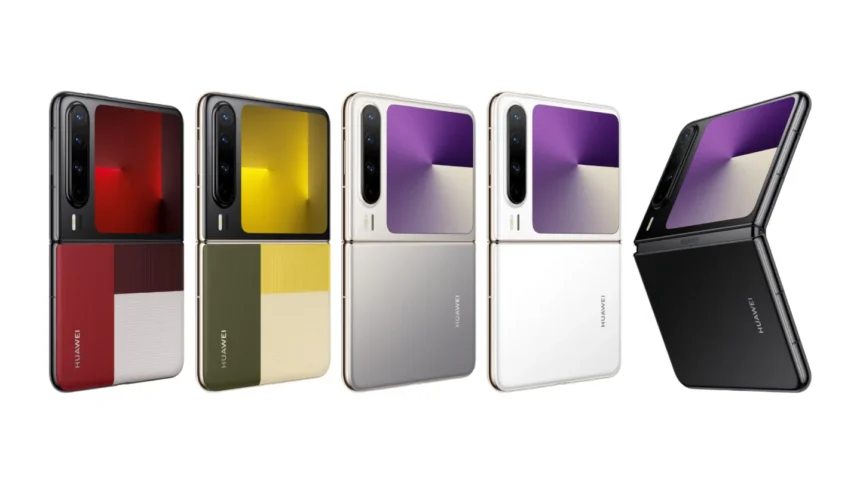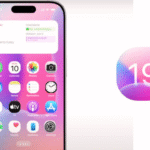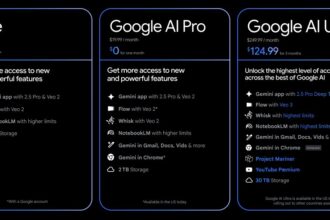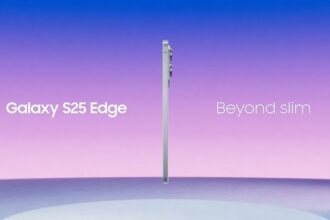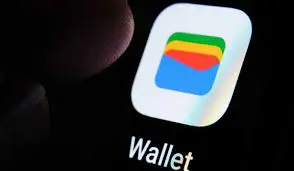On Thursday, March 20, 2025, Huawei launched the Pura X, a foldable smartphone that’s making waves as the first device to run HarmonyOS 5—its fully independent operating system. Priced at 7,499 Chinese yuan ($1,037), the Pura X boasts a 6.3-inch unfolded display with a wider 16:10 aspect ratio and folds into a compact square with a 3.5-inch front screen. As Huawei claws back market share in China and distances itself from Google’s Android, this launch signals a bold step forward. Here’s why the Pura X matters for Huawei—and the global smartphone race.
A Foldable with Flair: Pura X Specs
The Pura X stands out with its clamshell design: a 6.3-inch LTPO OLED inner screen (120Hz, 1,320×2,120 resolution) offers a tablet-like 16:10 ratio, ideal for video and multitasking, while a 3.5-inch external display (980×980) handles quick tasks like calls and payments. Its triple camera—50MP main, 40MP ultra-wide, 8MP telephoto—pairs with a 4,720mAh battery supporting 66W wired and 40W wireless charging. Available in five colors, including collector’s editions, it starts at $1,037 for 12GB RAM/256GB storage, topping out at $1,380 for 16GB/1TB. Sales begin March 21 in China, with no global timeline yet.
Reason 1: Huawei’s Smartphone Revival in China
Huawei’s smartphone business tanked after 2019 U.S. sanctions cut off Google services, but it’s roaring back. IDC data shows its China market share climbed to 16.2% in Q4 2024 (up from 13.7%), while Apple’s slipped to 17.4% from 20%. The Pura X builds on this momentum, joining quirky launches like September 2024’s Mate XT trifold. Huawei’s focus on bold designs—like the Pura X’s wider screen—aims to differentiate it from Apple and Android rivals like Vivo and Oppo, especially as Apple’s iPhone 16 struggles with lackluster upgrades (per X sentiment). With 675,000 merchant partners and 93 million users, Huawei’s betting big on China’s premium segment.
Reason 2: HarmonyOS 5 Breaks Free
The Pura X’s real game-changer is HarmonyOS 5, Huawei’s first phone OS fully untethered from Android’s open-source roots. Debuted as HarmonyOS Next in November 2024, it ditches Google’s framework, a direct response to 2019 sanctions. Huawei claims a 40% performance boost over prior versions, with tighter security (76% fewer pop-ups) and 20,000+ native apps—120 topping 2 million downloads, per CEO Richard Yu. Integrated with Xiaoyi, an AI assistant powered by Huawei’s Pangu and DeepSeek models, it offers features like eye-tracking page turns and external-screen chats. This OS shift positions Huawei as a third player against Android and iOS, though its ecosystem lags globally (4% share vs. Android’s 80%, per GSMArena).
Challenging the Giants
In China, HarmonyOS 5 and devices like the Pura X (17% OS share, per SCMP) threaten Apple’s premium hold, where iOS fell to 16%. Huawei’s Shenzhen event touted a “tablet-like” experience, appealing to foldable fans—Samsung’s Z Flip 6, by contrast, sticks to a taller 22:9 ratio. Globally, U.S. sanctions still hobble Huawei’s chip access (Kirin 9010 rumored here), but its 1 billion-device HarmonyOS ecosystem (including BMW tie-ins) hints at resilience. X posts praise the Pura X’s “snappy” UI, though app gaps worry analysts like AppInChina’s Rich Bishop.
What’s Next for Huawei?
The Pura X, launched alongside Klarna’s DoorDash deal and Tesla’s Cybertruck recall, underscores Huawei’s 2025 pivot: innovate fast, own the stack, and reclaim China. Success hinges on HarmonyOS 5’s app growth—Eric Xu targets 100,000 apps this year—and navigating Trump-era tariffs impacting supply chains. A global rollout remains elusive, but in China, Huawei’s foldable gamble could reshape the leaderboard. Will it dent Apple’s iPhone reign or falter like Ether ETFs sans staking? Q2 sales data will tell. For now, the Pura X is Huawei’s loudest shot yet at tech independence.

